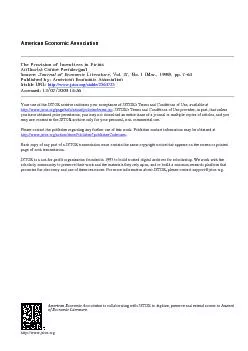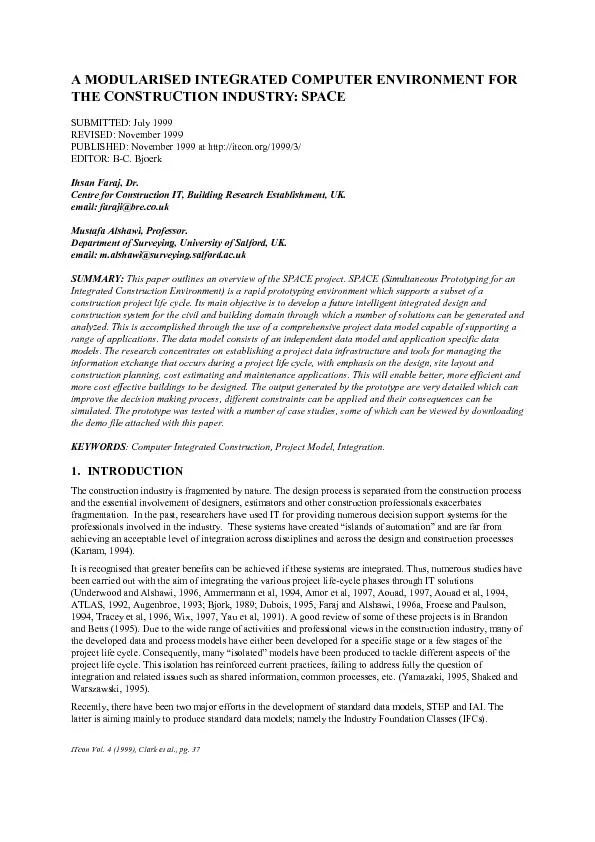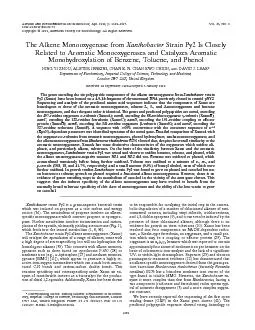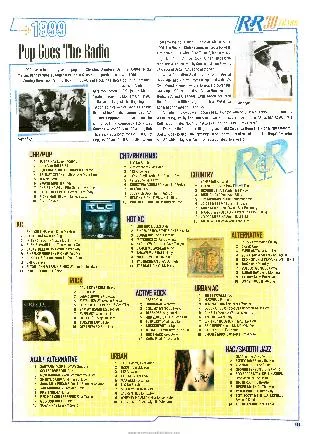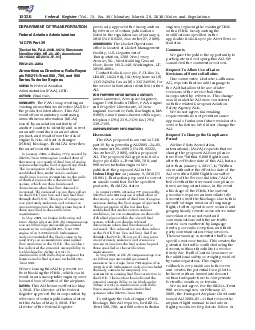PDF-8 lournal of Economic Literature- Vol. XXXVII (March 1999) not going t
Author : mitsue-stanley | Published Date : 2017-11-21
10 Journal of Economic Literature Vol XXXVII March 1999 improvements of the order of 4 to 5 percent from the introduction of com panywide profitsharing schemes where
Presentation Embed Code
Download Presentation
Download Presentation The PPT/PDF document "8 lournal of Economic Literature- Vol. X..." is the property of its rightful owner. Permission is granted to download and print the materials on this website for personal, non-commercial use only, and to display it on your personal computer provided you do not modify the materials and that you retain all copyright notices contained in the materials. By downloading content from our website, you accept the terms of this agreement.
8 lournal of Economic Literature- Vol. XXXVII (March 1999) not going t: Transcript
Download Rules Of Document
"8 lournal of Economic Literature- Vol. XXXVII (March 1999) not going t"The content belongs to its owner. You may download and print it for personal use, without modification, and keep all copyright notices. By downloading, you agree to these terms.
Related Documents

